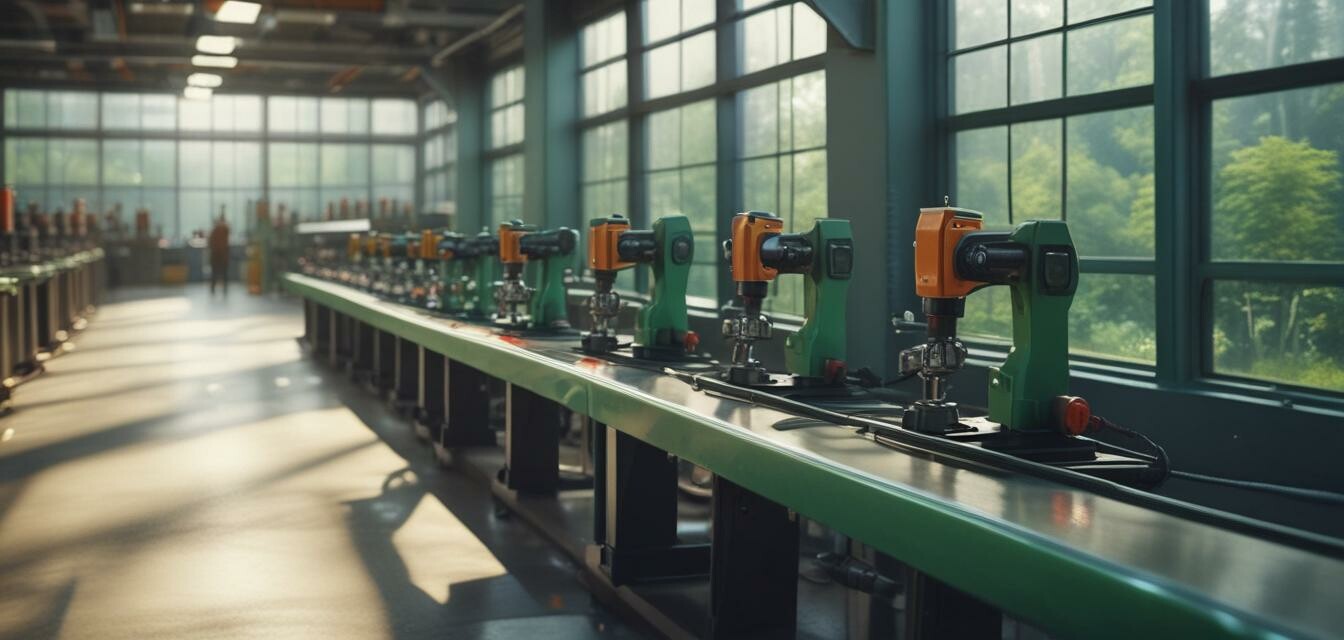
Environmental impact of power tool manufacturing
Key takeaways
- Power tool manufacturers are increasingly adopting sustainable practices.
- Recycling and responsible sourcing of materials are crucial steps.
- Energy-efficient production methods minimize carbon footprints.
- Compliance with regulations helps protect the environment.
- Choosing eco-friendly tools can benefit both users and the planet.
The power tools industry is evolving as manufacturers become more aware of their environmental impact. From sourcing materials to production methods and product life cycles, companies are working towards more sustainable practices. This article will explore how power tool manufacturers are addressing these concerns and what this means for contractors and DIY enthusiasts.
Manufacturing processes and sustainability
Material sourcing
One of the primary ways manufacturers are reducing their environmental footprint is through responsible material sourcing. This includes:
- Recycled materials: Using recycled metals and plastics helps conserve natural resources.
- Eco-friendly alternatives: Manufacturers are exploring biodegradable composites to replace harmful materials.
- Sustainable forestry: Sourcing timber from sustainably managed forests minimizes deforestation.
Production methods
The manufacturing processes themselves are undergoing significant changes. Some key practices include:
- Energy efficiency: Factories are implementing energy-efficient machinery and using renewable energy sources.
- Waste reduction: Aiming for zero waste during manufacturing, companies are repurposing leftover materials.
- Cleaner production techniques: New technologies are being adopted to reduce emissions and waste outputs.
Compliance and regulations
Adhering to environmental regulations is crucial for manufacturers. Compliance not only helps protect the environment but also enhances a company's reputation. Key regulations include:
| Regulation | Description |
|---|---|
| REACH | Registration, Evaluation, Authorisation, and Restriction of Chemicals in the EU. |
| WEEE Directive | Regulates the recycling and disposal of electrical and electronic equipment. |
| ISO 14001 | International standard for effective environmental management systems. |
The Role of Customers in Promoting Sustainability
Contractors and DIY enthusiasts also play a significant role in promoting sustainability. By choosing eco-friendly tools and supporting manufacturers committed to responsible practices, consumers can help drive change in the industry. Some actions include:
- Choosing tools made from recycled or sustainable materials.
- Supporting brands that implement advanced manufacturing technologies.
- Recycling old tools instead of disposing of them in landfills.
- Staying informed about new products that meet environmental standards.
Emerging trends in eco-friendly power tools
As the industry matures, several trends are becoming apparent that may reshape the future of power tools:
- Battery-powered tools: These tools reduce reliance on fossil fuels.
- Smart technology: Devices are incorporating IoT features for energy monitoring.
- Modular designs: Tools are being created to allow easy upgrades and repairs instead of replacements.
- Lifecycle assessment: Manufacturers are beginning to consider the entire lifecycle of power tools, promoting recycling and reuse.
Conclusion
The environmental impact of power tool manufacturing is a critical issue that manufacturers are addressing through various strategies. From responsible material sourcing to energy-efficient production and compliance with regulations, the focus on sustainability is growing. As consumers, choosing eco-friendly power tools not only empowers us to work efficiently but also contributes to a healthier planet. Stay informed about the latest trends and technologies shaping the future of portable power tools by visiting our news and trends section.
Pros
- Increased awareness of environmental issues among manufacturers.
- Adoption of innovative technologies for sustainable practices.
- Enhanced reputation for companies focusing on sustainability.
Cons
- Higher initial costs for eco-friendly materials.
- Challenges in sourcing sustainable resources.
- Competition from less eco-conscious brands.
Tips for Beginners
- Research manufacturers committed to sustainability.
- Consider the environmental impact of your tools when selecting them.
- Stay updated with buying guides to make informed decisions.
